Did you know that 70% of homes have some form of black mold? This sneaky invader isn’t just ugly; it’s a health hazard. Black mold can cause coughing, sneezing, and even serious respiratory issues. It’s crucial to understand how this affects your health and what you can do about it. Awareness is the first step toward a safer home environment. Dive into the world of black mold and learn how to protect yourself and your loved ones. Consider a professional mold inspection to assess your home if you suspect mold is present. Let’s explore the impact on health and effective prevention strategies.

Key Takeaways
- Black mold can harm health, causing respiratory issues and allergies.
- Look for signs like musty smells and water stains to identify mold.
- Use DIY test kits for mold, but professional testing is more accurate.
- Clean small mold areas with soap and water; use protective gear.
- For large infestations, hire a professional to ensure safe removal.
- Regular home inspections can prevent mold growth and health risks.
Understanding Black Mold
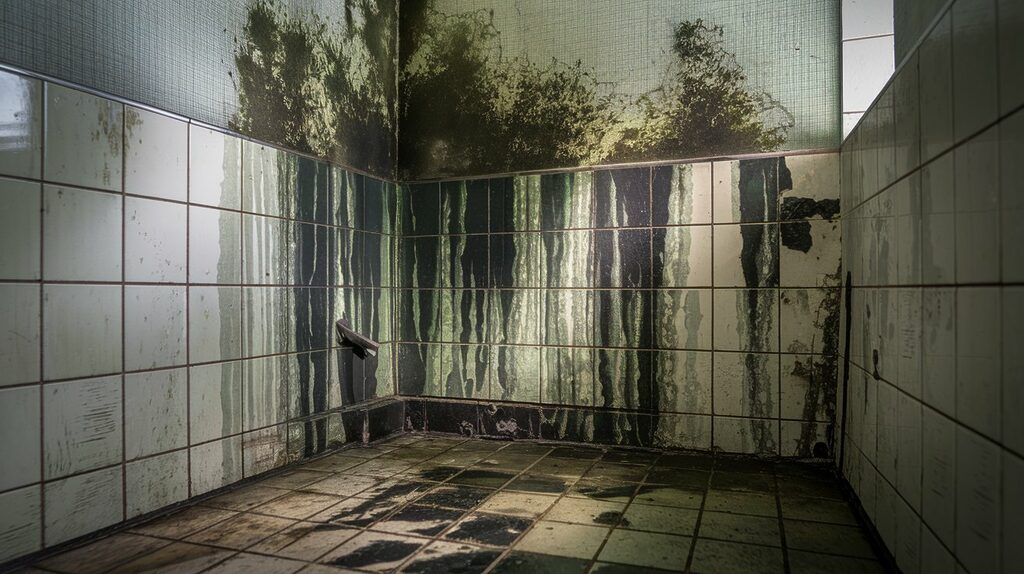
Black Mold Definition
Black mold is a common household fungus. It often grows in damp areas like bathrooms and basements. You can spot it by its dark green or black color. This mold thrives in places with moisture.
Scientific Name
The scientific name of black mold is Stachybotrys chartarum. This type of mold loves to grow on materials rich in cellulose. Examples include paper, wood, and drywall. These materials provide the nutrients it needs.
Growth Conditions
Black mold requires certain conditions to grow well. It needs warmth and high humidity. Areas with leaks or water damage are ideal spots for growth. If these conditions are present, mold can spread quickly.
Health Risks
Exposure to black mold can lead to health problems. People might experience symptoms like coughing, sneezing, or skin irritation. Those with allergies or asthma are more at risk. In some cases, it can cause serious respiratory issues.
Health Risks of Mold Exposure
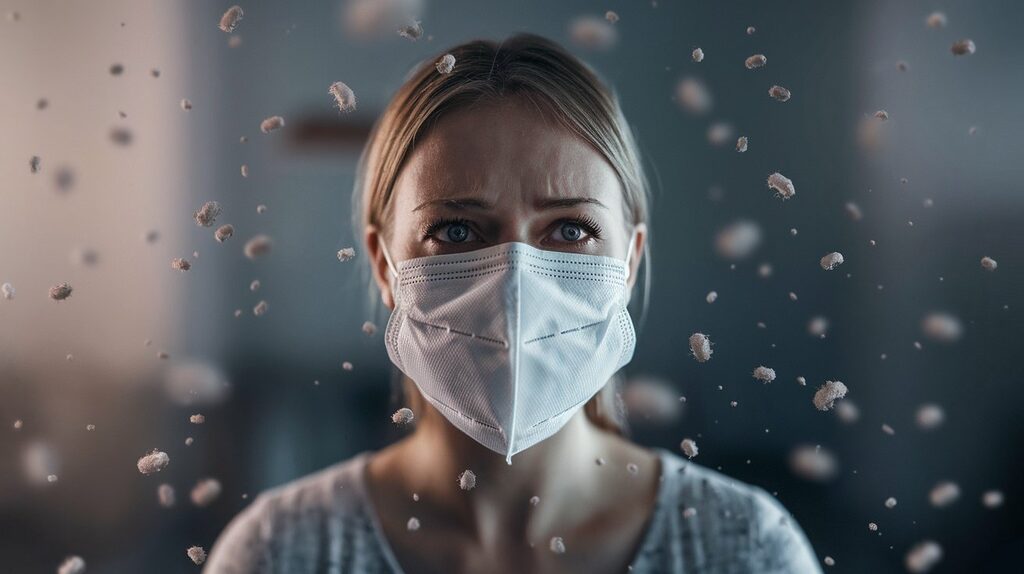
Allergic Reactions
Mold spores can trigger allergic reactions in many people. They float in the air and easily enter our bodies. When inhaled, these spores may cause sneezing or itchy eyes. Some people may also experience a runny nose or skin rashes. These symptoms often resemble those of hay fever.
Respiratory Problems
Prolonged exposure to mold spores can lead to serious respiratory issues. Breathing in these tiny particles over time can irritate the lungs. Some individuals might develop asthma, a condition that makes breathing difficult. Asthma symptoms include wheezing, coughing, and chest tightness. People with existing lung problems should be cautious around mold.
Weakened Immune Systems
For individuals with weakened immune systems, mold exposure can be more dangerous. Their bodies cannot fight off infections as effectively. Mold spores can cause severe health issues for them. This includes lung infections and other serious conditions. It’s important for these individuals to avoid areas where mold is present.
Identifying and Testing for Mold
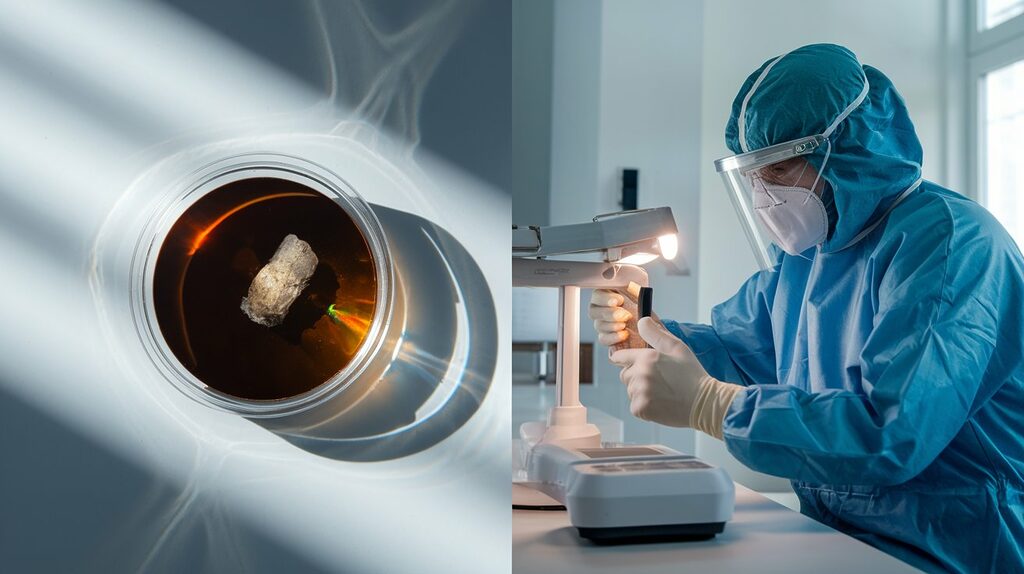
Visible Signs
Start by checking for visible signs of mold in your home. Look for discoloration on walls, ceilings, or floors. Mold often appears as black, green, or brown spots. A musty odor is another clue, and this smell can indicate hidden mold growth. Pay attention to areas with water damage or high humidity. If you’d like assistance in checking for mold, try a free virtual mold inspection to help identify issues remotely.
DIY Testing Kits
For an initial assessment, try using a DIY mold testing kit. While these kits can provide some insight, professional testing is often more accurate, especially for complex situations. Consider the differences between DIY mold testing and professional inspection to make an informed choice.
Professional Testing
If you suspect extensive mold growth, consider hiring professionals. They offer comprehensive mold testing services. Experts use advanced tools to find hidden mold. They check air quality and surfaces thoroughly. Professional mold testing ensures accurate detection and helps plan effective removal.
Quick Mold Removal Tips
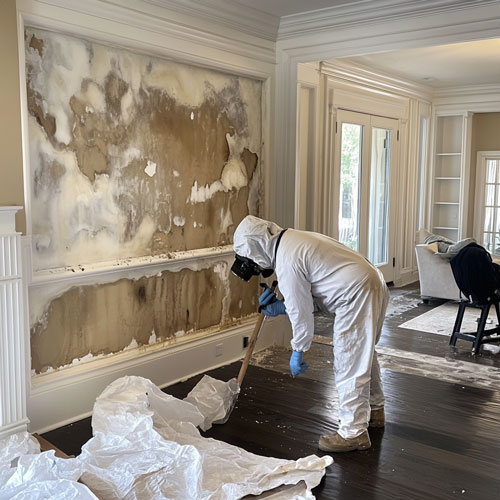
Protective Gear
Always wear protective gear when cleaning mold. Masks and gloves are essential. They keep harmful spores away from your skin and lungs. Safety goggles can also help protect your eyes.
Cleaning Solutions
For small areas, use natural solutions. Vinegar is effective against mold. Spray it on the moldy area and let it sit for an hour. Baking soda is another option. Mix it with water to create a paste. Apply it to the mold, scrub gently, and rinse.
Fixing Leaks
Fixing leaks is crucial in preventing mold growth. Check pipes under sinks and in basements. Leaky roofs can also cause problems. Repair any leaks promptly to stop moisture from building up. For larger mold infestations, it’s wise to seek professional mold removal services to ensure safe and thorough cleanup.
Reducing Humidity
Mold thrives in humid environments. Use dehumidifiers to reduce indoor humidity levels. Keep rooms well-ventilated by opening windows or using fans. This helps prevent mold regrowth.
Benefits of Professional Inspection
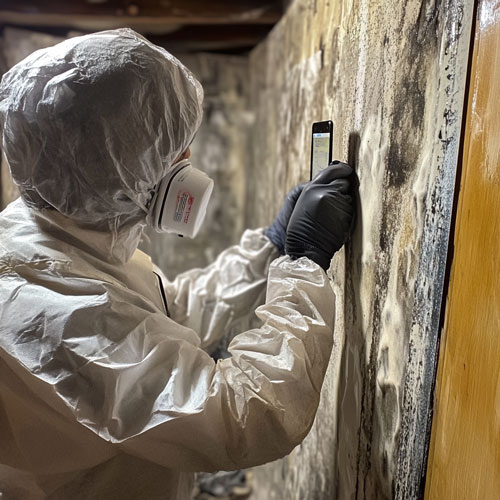
Accurate Identification
Experts can identify all mold types accurately, which is important as black mold can be particularly harmful to health. Professionals use special tools to find hidden mold. They check areas like walls, ceilings, and basements. Knowing the exact type of mold helps in choosing the right removal method, and a local mold inspection service can ensure all problem areas are addressed.
Thorough Removal
Professionals ensure every trace of mold is gone, providing a healthier living environment. They use safe, specialized cleaning products and employ thorough removal techniques to prevent mold from returning.
Peace of Mind
A professional mold inspection brings peace of mind, confirming that your home is free from hidden dangers. Knowing the air is clean and safe allows you to relax without worrying about potential health issues.
Final Remarks
Black mold is no joke. It can sneak into your home and mess with your health. You’ve learned how to spot it and the risks it brings. Testing and quick removal are key to keeping your space safe. A pro inspection can save you time and stress, ensuring every last spore is gone.
If you suspect mold, act now! Your well-being is on the line. For a safer, healthier home, get in touch with mold inspection professionals near you. Stay vigilant and protect what’s yours. Mold-free living starts with you taking that first step. Let’s keep you breathing easy!
Frequently Asked Questions
What is black mold?
Black mold, or Stachybotrys chartarum, is a common indoor fungus. It grows in damp areas and can appear slimy with a dark green or black color. It’s crucial to address moisture issues to prevent its growth.
How does black mold affect health?
Exposure can cause respiratory issues, headaches, and allergies. Those with weakened immune systems or asthma are at higher risk. Immediate removal is essential for health safety.
How can I identify black mold in my home?
Look for dark spots on walls, ceilings, or floors. Musty odors often accompany it. For confirmation, consider professional testing services to ensure accurate identification.
What are the benefits of professional mold inspection?
Professionals offer thorough inspections, accurate testing, and effective removal plans. They ensure safety and prevent future outbreaks, saving you time and potential health risks.
Are there quick ways to remove mold?
Yes, clean small areas with vinegar or baking soda solutions. Ensure proper ventilation and fix leaks promptly to prevent regrowth. For large infestations, consult professionals.
Why is testing for mold important?
Testing identifies the type and extent of mold present. This helps in choosing the right treatment method and prevents health risks associated with prolonged exposure.
Can I prevent black mold growth?
Yes, control humidity levels and fix leaks immediately. Use dehumidifiers in damp areas and ensure proper ventilation throughout your home to discourage mold growth.
